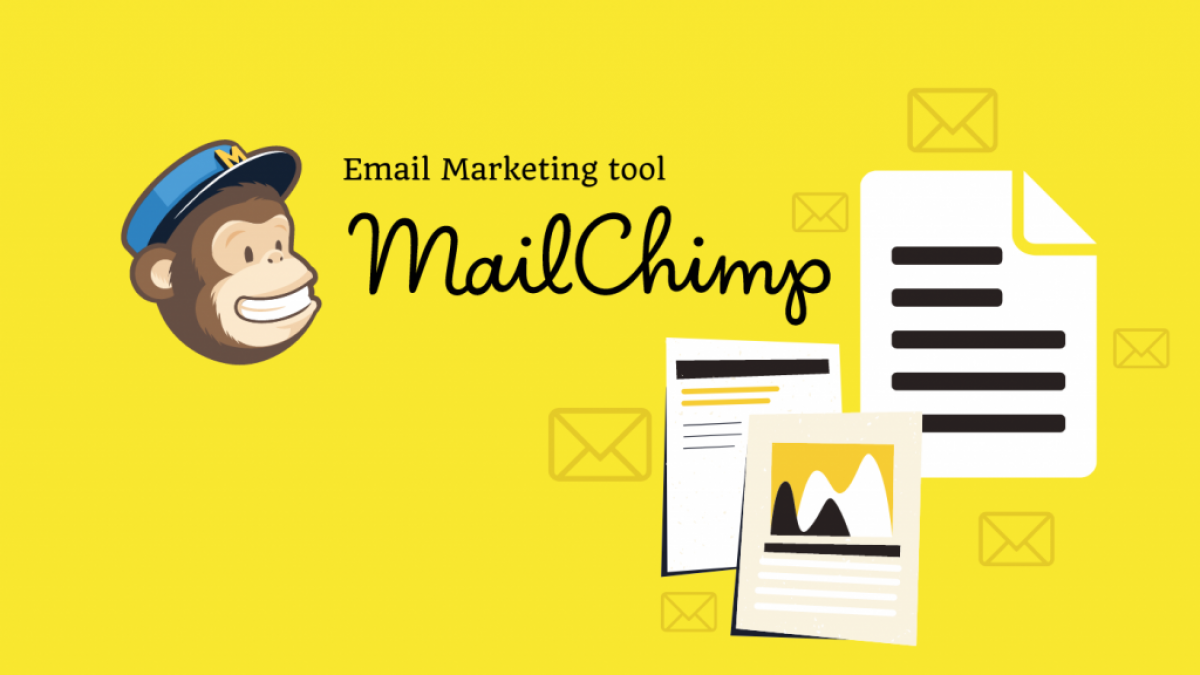Mailchimp is one of the most user-friendly email marketing platforms available today. Known for its powerful email builder and robust features, it helps users create and manage effective email campaigns effortlessly. This guide walks you through setting up a campaign on Mailchimp, from account creation to sending your first newsletter.
Creating Your Mailchimp Account
Signing Up
Before creating any campaigns, an account with Mailchimp is necessary. Visit the Mailchimp website and sign up by providing your email address, username, and password. After verifying your email, you’ll need to fill in details about yourself and your business. This information is essential as it will influence how your email builder functions and selects templates.
Setting Up Your Profile
After registration, navigate to the account profile settings. Here, input your company name, contact information, and other relevant details. Accurate profile setup ensures compliance with legal requirements and enhances the delivery rate of your campaigns.
Understanding the Dashboard
Main Sections
The dashboard serves as the central hub where you can manage all aspects of your email marketing efforts. It’s divided into several sections such as Campaigns, Templates, Audience, Reports, and Integrations. Familiarizing yourself with this layout will save you time as you navigate Mailchimp’s various features.
Navigation Tips
The sidebar menu offers quick access to all major functions. Keep an eye out for the Help icon if you need additional resources or guides as you explore different sections.
Building an Email List
Importing Contacts
To launch a successful campaign, an updated email list is critical. Import your contacts by uploading a CSV file or integrating with your CRM system. Mailchimp supports numerous integrations, allowing seamless data transfer between platforms. Make sure your contact list complies with anti-spam regulations to avoid potential issues.
Segmenting Your Audience
Segmentation allows targeted messaging, making your emails more relevant to recipients. Create segments based on demographics, behavior, and prior interactions. Effective segmentation improves engagement rates and optimizes overall campaign performance.
Crafting Your Campaign
Selecting a Template
In the email builder, select a template that aligns with your campaign goals. Whether you’re sending promotional newsletters or event invitations, Mailchimp offers a wide range of customizable templates. Choose one that suits your needs and begin tailoring it to match your brand aesthetics.
Adding Content
Content is king when it comes to email marketing. Utilize the drag-and-drop editor to insert text blocks, images, videos, and buttons. Each element should contribute to the main goal of your campaign, whether it’s driving traffic to your site, promoting products, or sharing valuable information. Also, consider adding sections like customer testimonials or exclusive offers to increase engagement.
Personalization Tokens
Add personalization tokens like the recipient’s name to make each email feel unique. Personalization boosts open rates and fosters better relationships with your audience. The email builder makes it easy to incorporate these tokens contextually.
Optimizing for Deliverability
SPAM Compliance
Ensuring your emails land in inboxes rather than spam folders is crucial. Follow best practices like including a clear subject line, avoiding excessive use of exclamation points, and not using flagged words. Also, always include an unsubscribe link to comply with anti-spam laws.
Testing Your Emails
Send test emails to yourself and colleagues to verify that everything appears correctly across devices and email clients. Pay attention to load times for images and ensure links are functioning properly. A thorough checklist helps catch potential issues before final deployment. Additionally, reviewing the feedback from recipients can provide insights for improvement.
Scheduling Your Campaign
Choosing the Best Send Time
Selecting the optimal time to send your email can significantly impact open rates. Analyze past campaign reports to determine peak engagement periods for your audience. Mailchimp also provides advanced timing options like send time optimization to automatically choose the best moments to deliver your emails. Additionally, considering the time zones of your audience can improve effectiveness.
Setting Up Automation
For ongoing campaigns, consider setting up automated workflows. These could be welcome series for new subscribers or re-engagement emails for dormant users. Automation streamlines your marketing efforts while maintaining consistent communication with your audience. Explore Mailchimp’s variety of triggers and actions to customize automation tailored specifically to your goals.
Analyzing Performance
Tracking Open Rates
Open rates provide insight into how many recipients view your email. Track this metric alongside others like click-through rates, bounce rates, and conversions to gauge your campaign’s effectiveness. Factors such as subject lines and send times play significant roles in influencing these numbers. Consider experimenting with send schedules to identify the best time frames.
Generating Reports
Utilize Mailchimp’s comprehensive reporting tools to analyze your campaign’s performance. Various graphical representations allow you to visualize key metrics easily. Regularly review these reports to identify areas of improvement and refine future campaigns. Comparing similar campaigns over time can show trends and measure growth.
A/B Testing
Conduct A/B tests to compare different versions of your emails and find what resonates best with your audience. Experiment with varying subject lines, content layouts, and call-to-action buttons. Data-driven decisions from A/B testing lead to more effective campaigns over time. Continuous experimentation helps adapt strategies according to evolving audience preferences.



